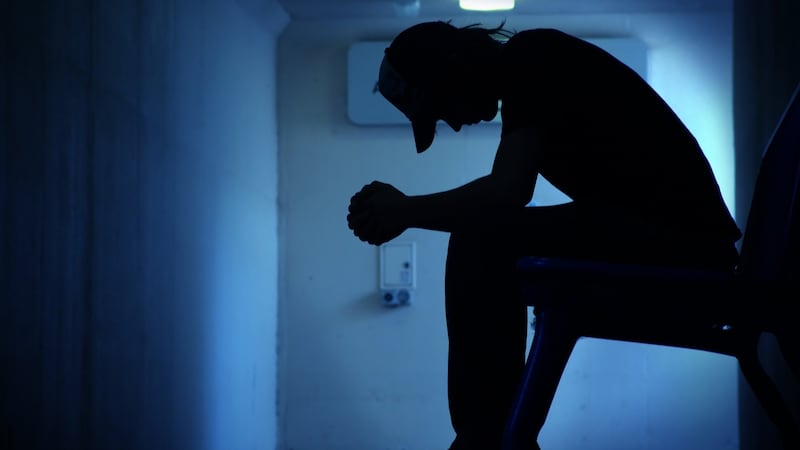A 15-year-old boy with serious behavioural and emotional problems, including an addiction to aerosols, is admitted to State care. His situation is “as bad as it gets”, a court hears. Despite directions from a judge and the efforts of Tusla, two years pass before he even receives an assessment from the Child and Adolescent Mental Health Services (Camhs) – a delay that puts his therapy on hold.
A girl of secondary-school age is self-harming, depressed and deeply affected by trauma in her early childhood as a result of domestic violence, neglect and abandonment. The child is referred by her GP to Camhs, but the service deems her not to be of sufficiently high priority to be placed on its waiting list.
These two cases are drawn from the latest collection from the Child Care Law Reporting Project. In six of the 30 cases, severe mental health difficulties were a concern, and in several State agencies came in for sharp criticism from the bench. Particular attention falls on Camhs, which was at the centre of controversy recently after a review of the service in south Kerry found that hundreds of children received “risky” treatment and that significant harm was caused to 46 of them.

The latest law reports make clear the complexity of many of the child mental health cases that State agencies deal with, and the lengths that many public servants go to to help children in difficulty. But they also challenge the assertion, made by Government in the aftermath of the south Kerry review, that Camhs is adequately resourced. The waiting lists, the shortage of consultant psychiatrists, the lack of emergency mental health services and the fact that many recommendations in A Vision for Change, the 2006 blueprint for the future of mental health services, remain to be implemented – all speak to a lack of political will to invest in a service that meets public need.
In one of the cases above, a judge spoke of a child having “slipped through the cracks” – a phrase commonly used in cases such as these. But how many cracks must appear before we see that the structure itself is not fit for purpose?










